Agrometeorology —— Principles and Applications of Climate Studies in Agriculture
----- 农业气象学
* Preface * Acknowledgments * Chapter 1. Agrometeorology: Perspectives and Applications * Definition * A Holistic Science * Scope * Practical Utility * Chronology of Developments * Future Needs * Chapter 2. Solar Radiation and Its Role in Plant Growth * The Sun: The Source of Energy * Nature and Laws of Radiation * Earth's Annual Global Mean Radiative Energy Budget * Solar Radiation and Crop Plants * Solar Radiation Interception by Plants * Photosynthetically Active Radiation (PAR) * Solar Radiation Use Efficiency * Chapter 3. Environmental Temperature and Crop Production * Soil Temperature * Air Temperature * Plant Injury Due to Sudden Changes in Temperature * Frost: Damage and Control * Thermoperiodism * Temperature As a Measure of Plant Growth and Development * Chapter 4. Climatological Methods for Managing Farm Water Resources * Water for Crop Production * Making Effective Use of Rainfall * Evaporation and Evapotranspiration * Water Use and Loss in Irrigation * Climatological Information in Improving Water-Use Efficiency (WUE) * Reducing Water Losses from Reservoirs * Chapter 5. Drought Monitoring and Planning for Mitigation * Definition of Drought * Meteorological Indicators of Drought * Drought Monitoring in Australia * Drought Exceptional Circumstances * Overview of Drought Assessment Methods * Meeting the Challenge: A Drought Mitigation Plan * Desertification * Chapter 6. Climate, Crop Pests, and Parasites of Animals * Role of Weather and Climate * Some Important Insect Pests of Crop Plants * Climate and Parasites of Animals * Helminth Parasites * Arthropod Parasites * Chapter 7. Remote-Sensing Applications in Agrometeorology * Spatial Information and the Environment * Remote Sensing * Remote Sensors and Instruments * Image Acquisition * Satellite Orbits for Remote Sensing * Geographic Information System (GIS) * Global Positioning System (GPS) * Remote-Sensing Applications * Chapter 8. Role of Computer Models in Managing Agricultural Systems * Modeling Biological Response to Weather Conditions * Models * Applications of Crop Models * Simulation Models Relevant to Australian Farming Systems * Decision Support Systems (DSS) * Chapter 9. Agroclimatological Services * Weather and Agriculture * Weather and Climate Forecasting * Tailoring Climate Information for Agriculture * Impacts of Weather on Specific Industries and the Role of Forecast Information * Agroclimatological Information Services in Australia * Use and Benefits of Climate Forecast Information * Toward Optimum Utilization of Climate Information and Forecast Products * Chapter 10. Using Climate Information to Improve Agricultural Systems * Setting the Platform--Property Planning * Sustainable Production--Setting the Enterprise Mix and Production Levels * Making Efficient Use of Rainfall * Developing Resilience * Managing the Extremes--Droughts and Floods * The Decision-Making Process--Dealing with Risk and Complexity * Providing Climate Technology to Farmers * Communicating New Ideas and Practices--Creating Change Through Adult Learning * Chapter 11. Climate Change and Its Impact on Agriculture * Climate Variability and Climate Change * Observed Change in Atmospheric Composition and Climate * Observed Impact of Climate Change * Future Scenarios of Climate Change * Impact of Climate Change on Hydrology and Water Resources * Impact of Climate Change on Crops * Impact of Climate Change on Livestock * References * Author Index * Subject Index
{{comment.content}}

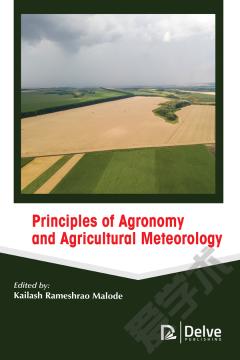
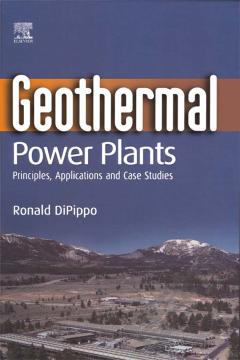
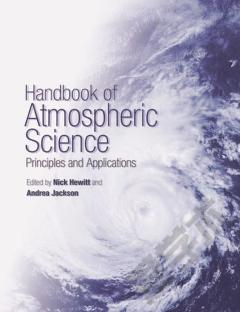
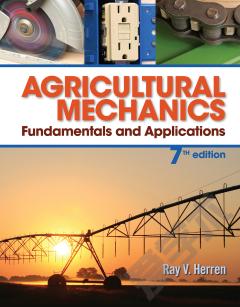
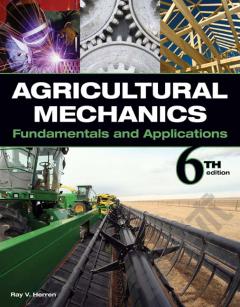
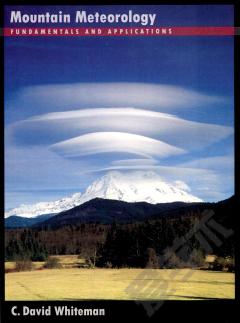

 京公网安备 11010802027623号
京公网安备 11010802027623号